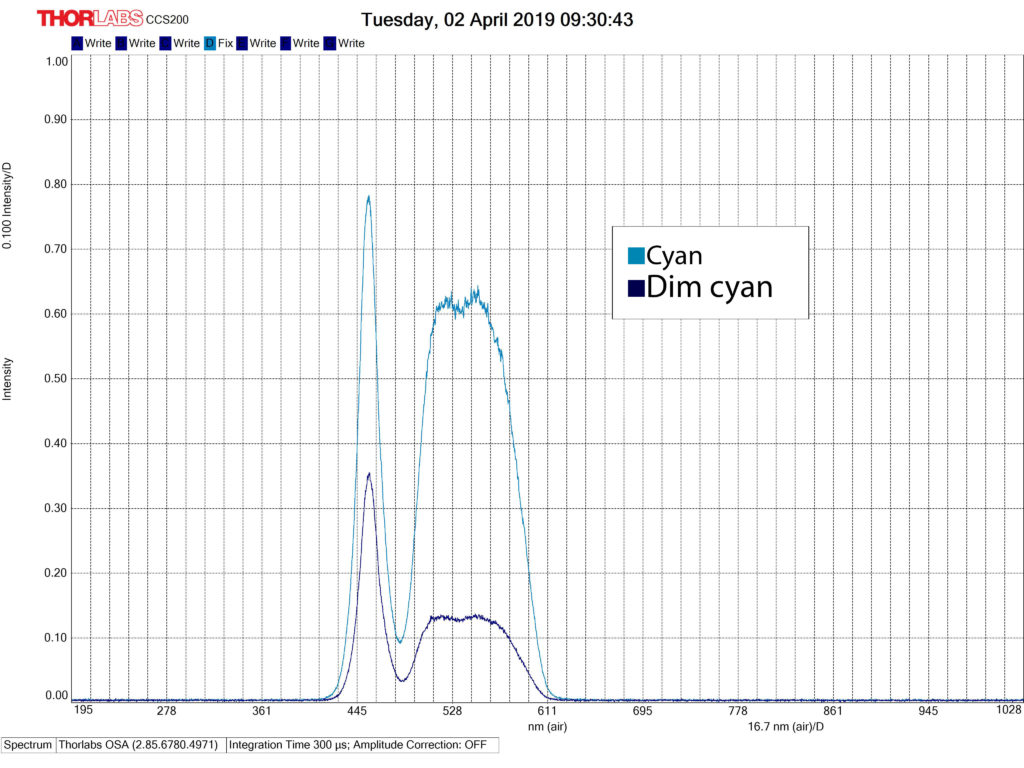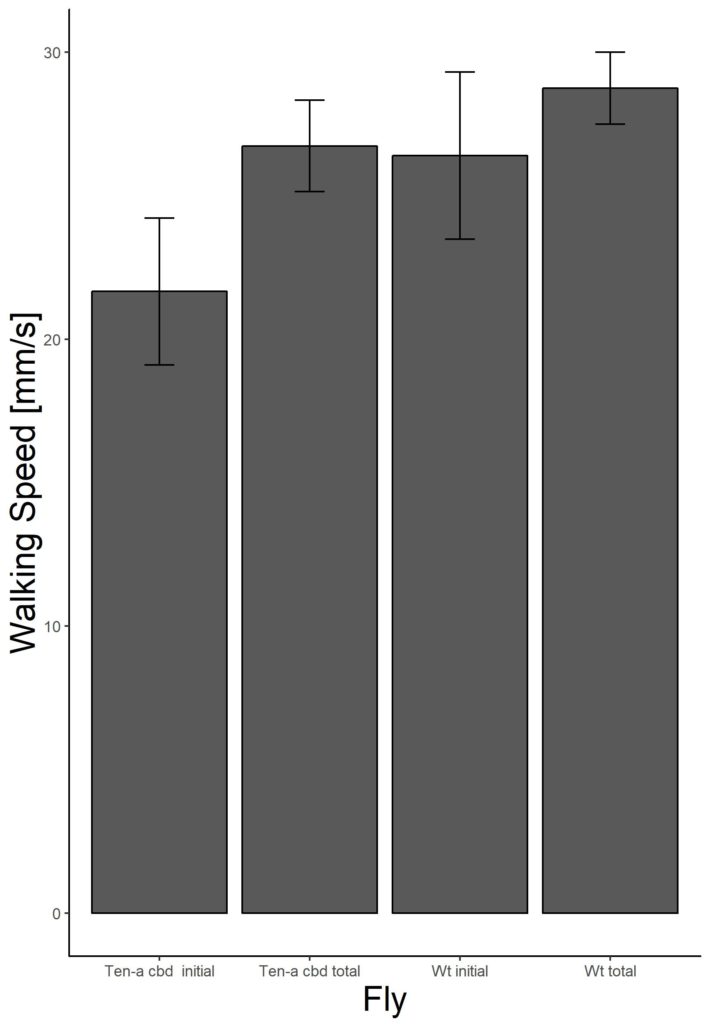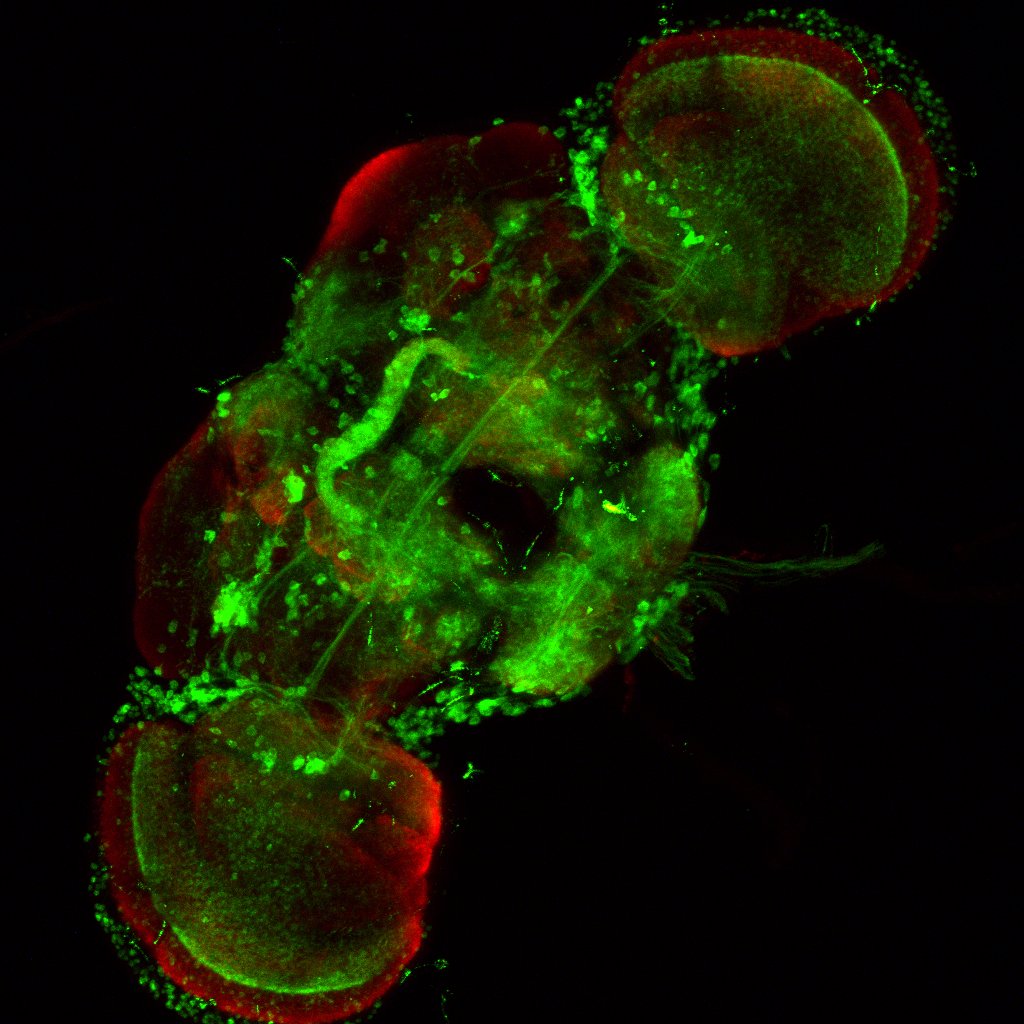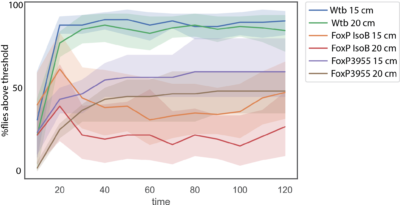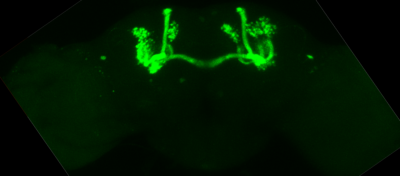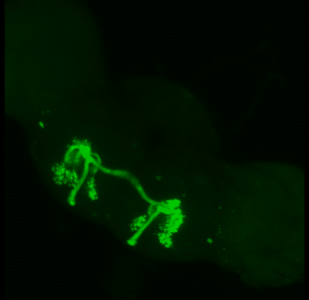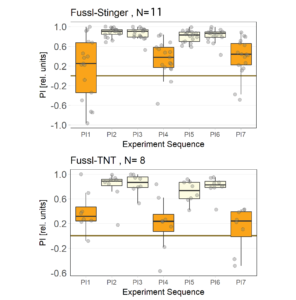Getting cyan in the projector
on Tuesday, April 2nd, 2019 9:57 | by Anders Eriksson
The projector we are using is not an LCD projector. It is a DLP projector with a RGB LED light engine using a digital micromirror device to project the image. I used the GUI to access the LED driver control which allows you to project each LED individually or in combination. Forcing it into manual mode changed the way the projector displayed the colors. The projector takes in our case as input 24-bit RGB data at a frame rate of up to 120-Hz. The 120-Hz value is the upper limit of the projector and is only allowed using HDMI 2.1 cables. I am fairly sure that is not what I am using, but instead a standard HDMI allowing 60 Hz. This frame rate is composed of three colors (red, green, and blue) with each color equally divided in the frame rate. So using 120 Hz would allocate about 2.78 ms for each color, as we are using 60 Hz this number would be closer to 6 ms, the flickering I saw earlier is most likely a result of this.
However, accessing the manual mode of the LED driver control allows you to turn on the colors in pairs (or in 3 if using RGB). This got rid of the flickering
Category: Lab, Operant learning, operant self-learning | No Comments
Software UI updates
on Monday, April 1st, 2019 2:04 | by Anders Eriksson
Fpga transmission software has gotten a new user interface design. At least this is the preferred outline of how we would like the software to look like. Based on the limits of LabView some alterations will be made

Category: Lab, Operant learning, operant self-learning | No Comments
Cyan in the LCD projector
on Thursday, March 21st, 2019 4:06 | by Anders Eriksson
The LCD projector combines green and blue to form the color cyan. However, while using the spectrophotometer to record this wavelenght it seems to be alternating between green and blue to produce the color. The lights does not seem to be illuminated simultaneously.
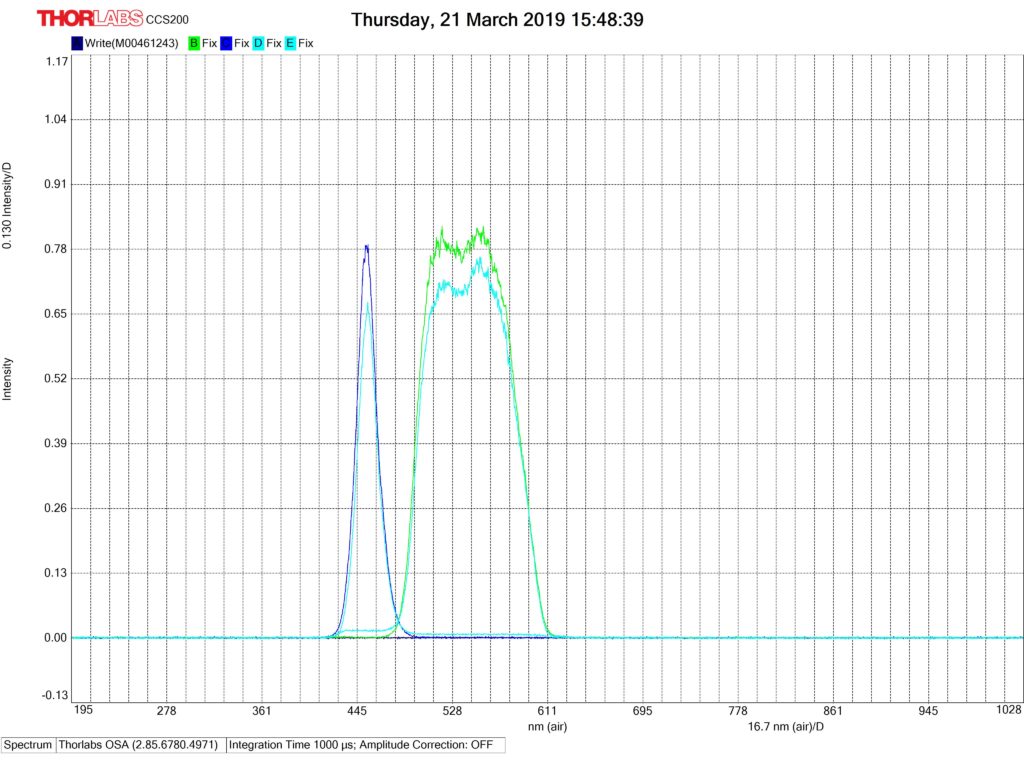
This picture is composed of four different channels. One each for green and blue, and two channels for cyan. The cyan color needed to be put into separate channels because they were never illuminated at the same time.
Category: Lab, Operant learning, operant self-learning | 4 Comments
Control experiments
on Wednesday, March 20th, 2019 10:46 | by Anders Eriksson
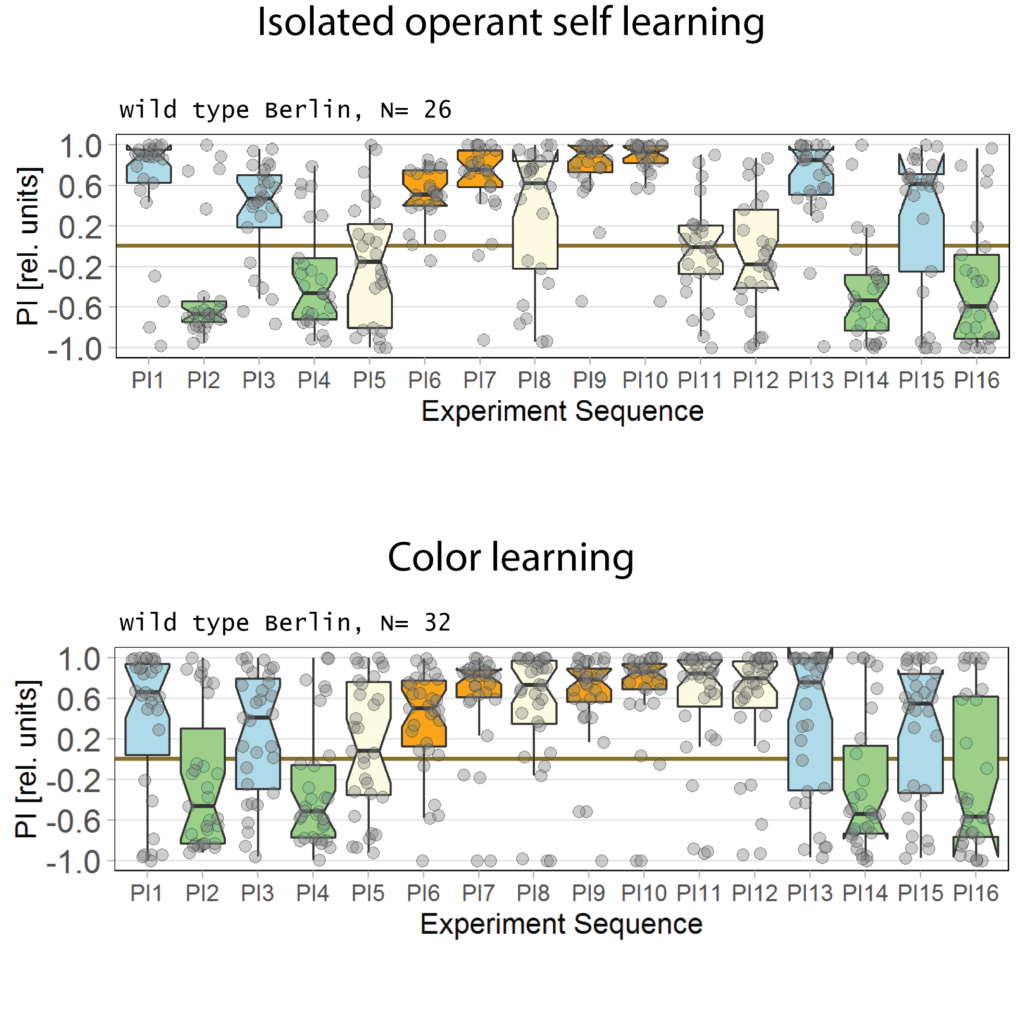
Been conducting a few control experiments to validate the “new” torque machine. Did a set of color learning and also isolated operant self learning. They do behave as expected. There is a small lumping together in the data the first period after the optomotor response in which the flies are in a neautral setting. It should be noted that it is a combined experiments of alternating right and left optomotor response. Also, the data in this figure is also a combination of the A/D converted “correctly” installed and “incorrectly”, i.e. inverted and reversed.
Category: flight, Lab, Memory, Operant learning, operant self-learning | No Comments
Pushing software updates
on Wednesday, March 20th, 2019 9:21 | by Anders Eriksson
Johann Schmid and I have been working on getting updates to the torque meter software. Small changes but with significant increase in user friendliness.
● Inability to overwrite the data
● Progress bar and a time bar implemented
● It resets the pattern from one period to another. This is of critical importance as this enables one to do basically any kind of experiment on the machine
I have also gotten hold of a free version of LabView. I thought it could be a good idea that we could to small changes ourself to the software. However, my version is 2017 and Mr Schmid mentioned that he will be transferring to LabView 2019, and thereby retiring the 2017 version. A student version of labview is affordable, less than 50 Euros. It could be worth getting a legal licence of this software.
● The A/D converter now connects directly to the PCB. Only problem is that it is inverted, meaning that the signal from the torque machine gives a positive signal it is registered as a negative signal in the software. Mr Schmid is aware of this and will invert the signal in the software, rather than resoldering the PCB connection.
Updates to the DTS
● DTS is now also better compatible wit the new kind of data we are getting. A conflict occurred because of differences in pattern. An easy fix by just ignoring this parameter.
Category: flight, Lab, Operant learning, operant self-learning, R code | No Comments
Flight performance Ten-a cbd
on Monday, January 14th, 2019 2:54 | by Anders Eriksson
Come work with us on FoxP!
on Wednesday, December 19th, 2018 2:52 | by Björn Brembs
We are looking for a PhD student for behavioral experiments with Drosophila fruit flies with manipulated FoxP function.
The human orthologues of the fly FoxP gene are the FOXP1-4 genes. Mutations in the FOXP2 gene cause verbal dyspraxia, a form of articulation impairment. Humans learn to articulate phonemes and words by a form of motor learning we can model in flies. Supporting the conceptual analogy of motor learning in humans and flies, manipulations of the fly FoxP gene also lead to impairments in motor learning.
In the past year, graduate student Ottavia Palazzo used CRISPR/Cas9 to edit the FoxP gene locus, tagging the gene with reporters. These reporters allow us to manipulate not only the gene, but also the neurons which express FoxP. The candidate will work closely with Ottavia to design behavioral experiments characterizing the various manipulations of the different neuronal populations for their involvement in the form of motor learning we use, operant self-learning at the torque meter:
The position is fully funded by a grant from the German funding agency DFG, with full healthcare, unemployment, etc. benefits. It includes admission and tuition to the “Regensburg International Graduate School of Life Sciences“. Starting date is as soon as convenient.
The successful candidate will have a Master’s degree or equivalent. They will be proficient in English as our group is composed of international members. The ideal candidate will have some training in behavioral experiments in Drosophila or other animals, some coding experience and an inclination towards electronics. However, all of these skills can also be learned during the project.
We are a small, international group consisting of a PI (Björn Brembs), a postdoc (Anders Eriksson), one more graduate student besides Ottavia (Christian Rohrsen) and a technician. We are an open science laboratory and so one aspect of the project will involve a new open science initiative in our laboratory, where we have developed a simple method to make our behavioral data openly accessible automatically, i.e., without any additional efforts by the experimenter. This entails at least two advantages for the candidate in addition to doing science right: the data are automatically backed up and there is no need for a data management plan.
Regensburg is a university town in Bavaria, Germany with about 120k inhabitants and a vibrant student life, due to the 20k students enrolled here. The University of Regensburg is an equal opportunity employer.
Interested candidates should contact Björn Brembs with a CV and a brief letter of motivation.
Category: Foxp, Lab, open science, Operant learning, operant self-learning | 2 Comments
FoxP climbing assay
on Monday, October 1st, 2018 2:39 | by Anders Eriksson
Category: crosses, Foxp, genetics, Lab | No Comments
17d-GFP
on Monday, October 1st, 2018 2:37 | by Anders Eriksson
Category: Anatomy, crosses, genetics, Lab | No Comments
Fussl shows numerical difference in operant self learning
on Tuesday, August 7th, 2018 2:49 | by Anders Eriksson
The experiment was done as a pilot experiment before doing a larger scale.
The data is a bit inconsistent but shows a positive and reassuring numerical difference. The control is a bit lower than expected, compared to WTB flies (showing usually a PI 0f 0.6). The flies have a slightly different background than wtb flies and have pale orange eyes (still no apparent impairments in vision). Further experiments will be conducted before proceeding with a larger sample size of the flies.
Category: crosses, flight, genetics, Lab, Memory, operant self-learning | No Comments
